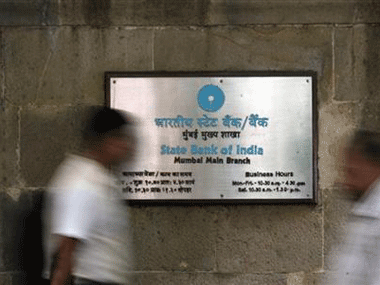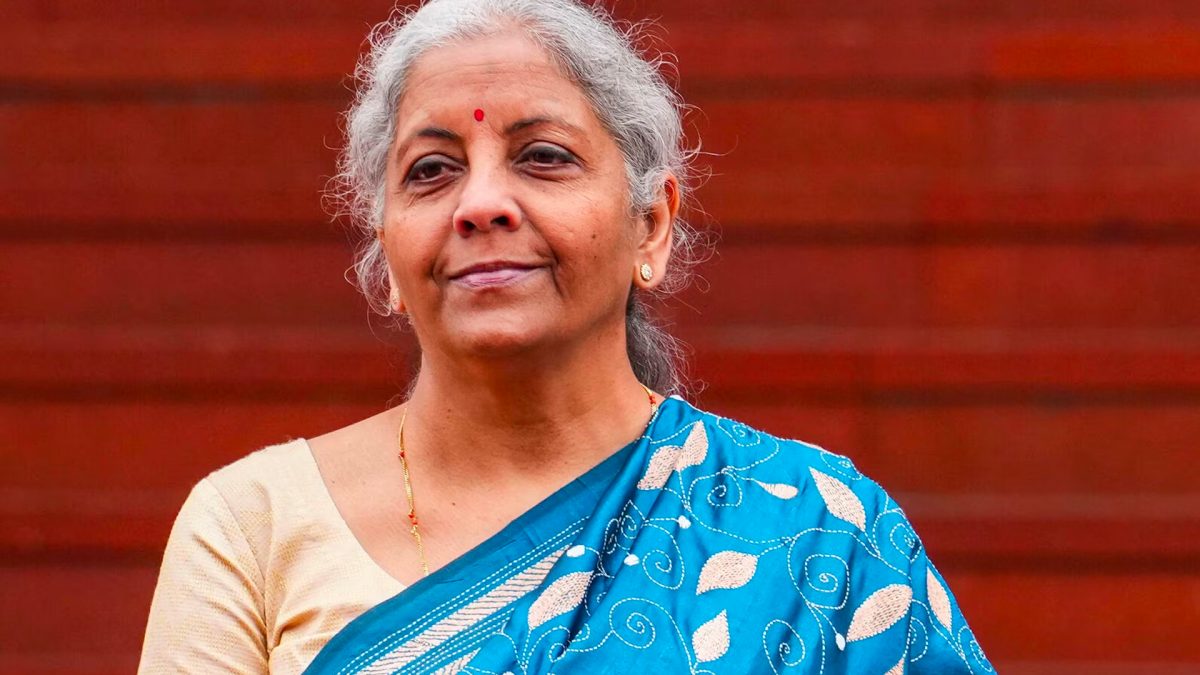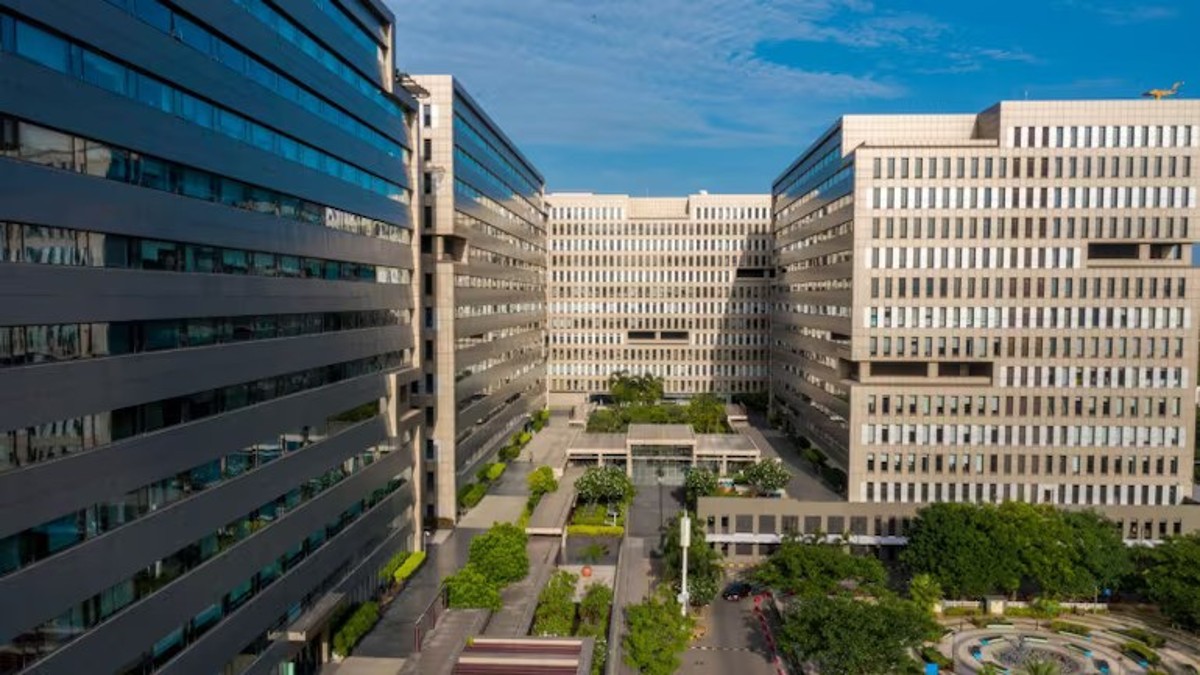State Bank of India (SBI) has announced that come 1st May 2019, it would start giving interest on savings balance in excess of Rs 1 lakh on the basis of a repo-rate linked formula. Hence to start with, on savings deposits in excess of Rs 1 lakh it will give an interest of only 3.25 percent per annum as opposed to 3.50 percent on deposits up to Rs 1 lakh. For good measure, SBI adds that as much as 95 percent of its savings deposits fall under the up to Rs 1 lakh genre. One wonders if SBI would revise upwards the savings interest rate on deposits in excess of Rs 1 lakh if warranted by the prevailing repo rate.
Contrast SBI’s irrational stance with that of the private sector bank Kotak Mahindra. Kotak offers 6 percent per annum interest on savings account for those days where the balance is more than Rs 1 lakh but not more than Rs 2 crore. If the balance does not conform to these lower and upper limits, it pays 4 percent per annum. Kotak rewards those saving high whereas SBI punishes those who save high. Parenthetically it may be pointed out that within SBI, so long as this disparity persists, savvy account holders may sweep the excess over Rs 1 lakh into spouse’s and children’s account so long as these accounts too steer clear of the danger mark.
As of 1 April 2019, HDFC, SBI, Axis, Indian Bank, PNB, Bank of Baroda and ICICI were paying 3.5 percent per annum on savings bank deposits . On the other end of the spectrum, IDFC First, Bandhan, Dhanalaxmi and Yes Bank are trying to entice customers with as high a rate as 7 percent or 7 percen plus.
It is a trifle curious that people, financially savvy or others haven’t voted with their feet from the banks that have been niggardly in paying savings interest. After all the extra interest paid by the above private sector banks is nothing to scoff at. Two things seem to be in favor of the banks bucking flight of deposits. First the perception that public sector banks are safe thanks to government standing guard. And second, brick and mortar banking still predominates especially in the hinterlands. In these areas, untouched as they are by even a modicum of modernity, people flock the branches. SBI with its near omnipresence therefore still scores over others because of its sheer availability. Proximity then puts to pale the lower rate of interest. And SBI is right. With savings balances often being small, interest is hardly a consideration.
SBI has latched onto repo rate whereas in all fairness the parameter banks must hook themselves onto is the spread—-difference between the average lending rate and the average deposit rates. Public sector banks led by SBI have always enjoyed an envious spread often in the region of 10 percent, something unheard of in the US banking system. In other words, you take deposits from me at 3 percent and lend at 13 percent. This is a clear rip-off. Still, if the financials of the PSBs are in shambles the blame should be laid at the doors of NPA. The default rate by borrowers is unacceptably high. Collaterals are either not enforced or found woefully inadequate. Be that as it may, banks in India can hardly complain against the small spread. If anything it is generous. Behest lending and poor recovery have been the twin bane of the Indian banking system.
It is time the savings account holders are paid with reference to the spread. It perhaps might not be wrong on the part of RBI to peg the savings interest rate with reference to the spread by mandating that the spread should not be more than say 5 percent or 6 percent. This would automatically impel banks to hike the savings rate. Lowering the lending rate is not necessary in a capital-starved economy.
(The author is a senior columnist and tweets @smurlidharan)


)




)
)
)
)
)
)
)
)